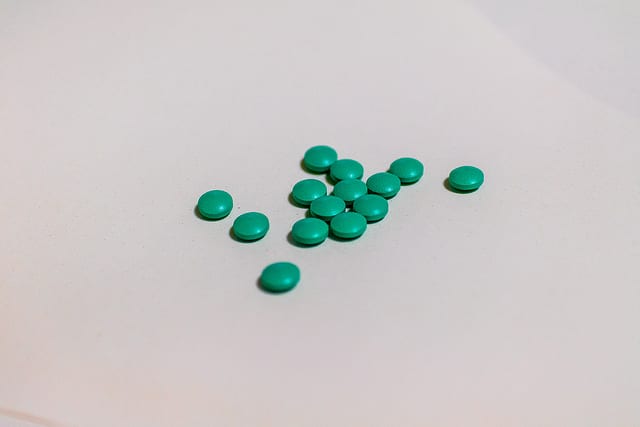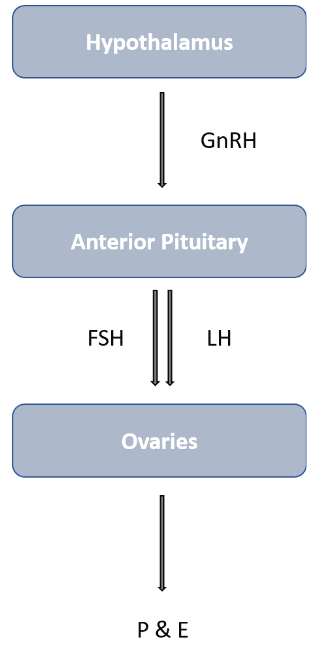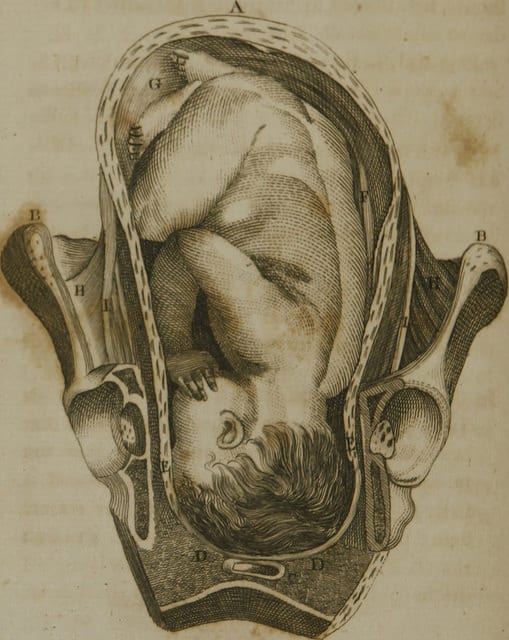The story of oral contraception begins in the early twentieth century when Austrian physiologist, Ludwig Haberlandt, found that female rabbits and guinea pigs became temporarily sterile after the transplantation of ovaries from pregnant animals. But what caused this temporary sterilization, and how did it lead to the pill?

The secret of the pill is the way it manipulates hormones- signaling molecules which play a critical role in regulating menstruation, fertilization, and pregnancy. Hormones are like radio signals, traveling through the bloodstream to reach the target organ. In the same way that radio signals are widely broadcasted, many organs are indiscriminately exposed to hormones. However, only the listener tuned into that frequency will be influenced by the broadcast.

It was found that several hormones that influence ovulation played a large role in Haberlandt's experiment. Hormones are highly connected and can even regulate each other, often causing reactionary cascades. During ovulation follicle stimulating hormone (FSH) and luteinizing hormone (LH) are two hormones that broadcast their signals, causing the egg to grow and an upregulation of LH which induces ovulation (the release of the egg from the ovary). Following ovulation, levels of FSH and LH drop while levels of progesterone and estrogen steadily increase, thereby preparing the uterus for implantation and, if pregnancy occurs, maintaining it.
The relationships between hormones and their target organs play a large role in birth control and tricking the body into thinking it’s pregnant to prevent ovulation and therefore the possibility of fertilization. However, in such a large network of interconnected hormones, how have scientists determined which hormone to target?
During pregnancy the main hormones involved are progesterone and estrogen as well as FSH and LH. In particular, levels of progesterone and estrogen rise, while FSH and LH levels fall. It is easier to broadcast signals than undo them, and the same is true for hormones. Therefore most modern oral contraceptives work by adding hormones – not taking them away. Most rely on either progesterone or both estrogen and progesterone to mimic pregnant conditions. Progesterone prepares the uterus for pregnancy by thickening the uterine lining, and if pregnancy does occur, it helps maintain pregnancy by suppressing further ovulation. Therefore, by adding progesterone to the body, scientists are able to prevent ovulation and fertilization.

Oral contraceptives were one of the first medications to alter naturally occurring hormones, but today several different types of contraceptives have followed their lead. The most common comprise of both estrogen and progesterone. They are known as combination contraceptives. While not oral contraceptives, IUDs and Nexplanon are long acting progesterone-only contraceptives, and Plan B, an emergency oral contraceptive, contains high doses of progesterone. Clearly we have come a long way since Haberlandt's rabbits and guinea pigs. While scientists are working hard to develop new forms of contraception, we aren't finished yet!
About the Author
 |
Gazal Arora is an undergraduate at UGA majoring in Cellular Biology. When she’s not studying at the Science Library, she can be found running, reading, or Snellibrating. For more information you can email her at ga25144@uga.edu. More from Gazal Arora. |
About the Author
-
athenssciencecafehttps://athensscienceobserver.com/author/athenssciencecafe/April 17, 2020
-
athenssciencecafehttps://athensscienceobserver.com/author/athenssciencecafe/April 12, 2020
-
athenssciencecafehttps://athensscienceobserver.com/author/athenssciencecafe/April 3, 2020
-
athenssciencecafehttps://athensscienceobserver.com/author/athenssciencecafe/March 30, 2020







